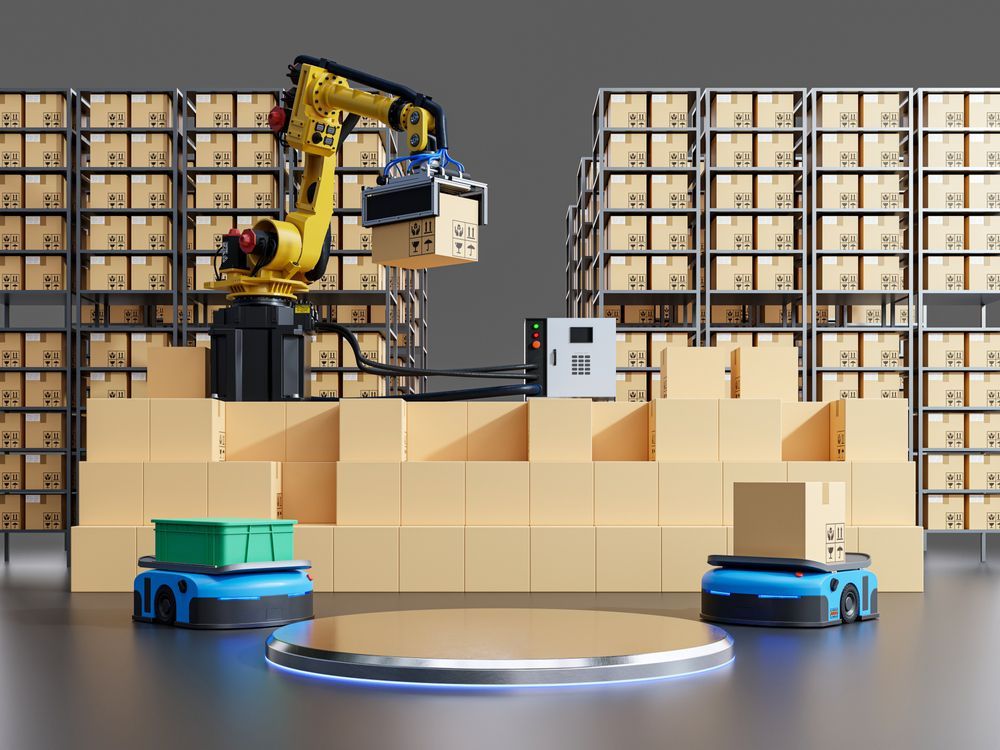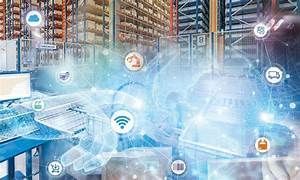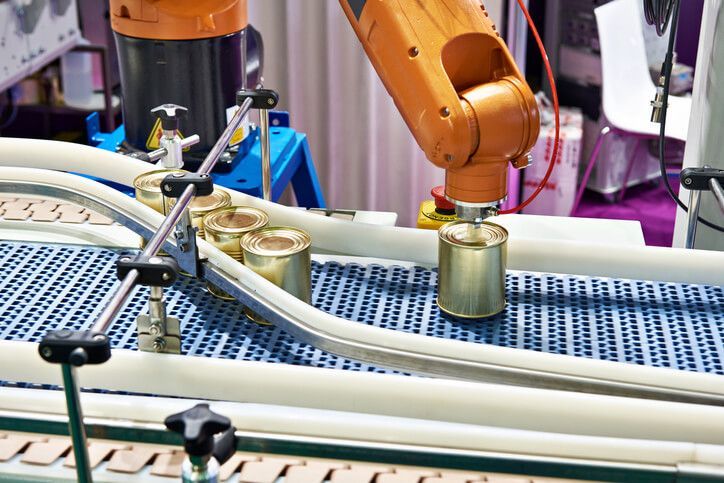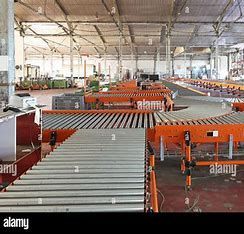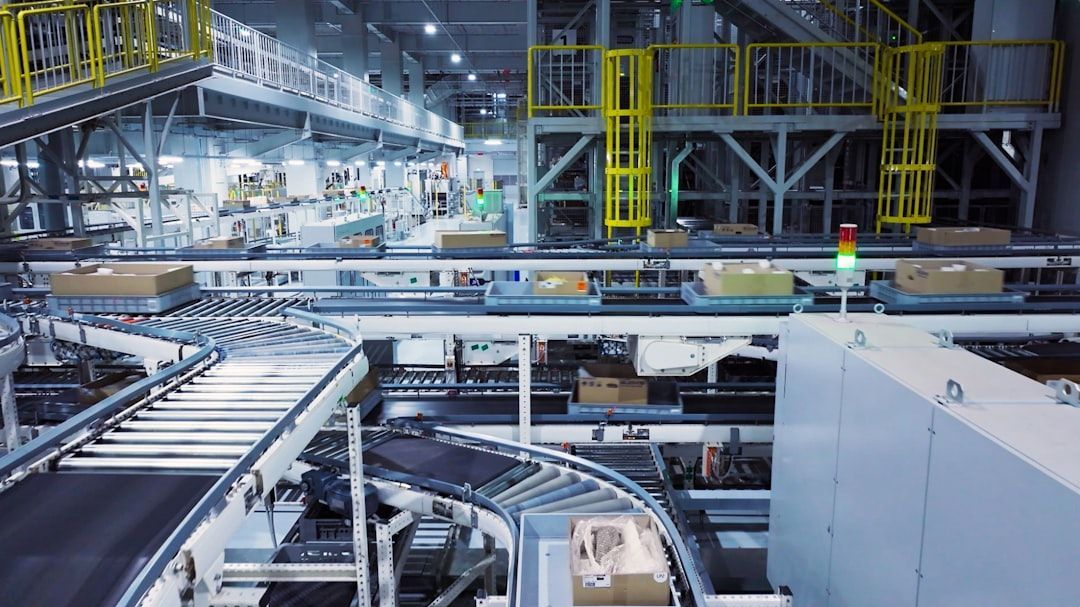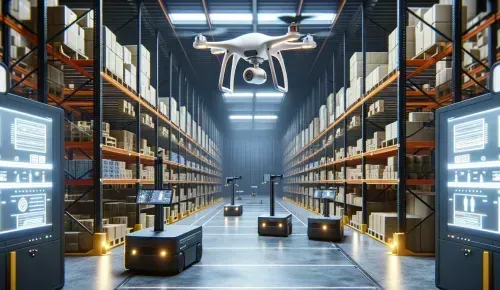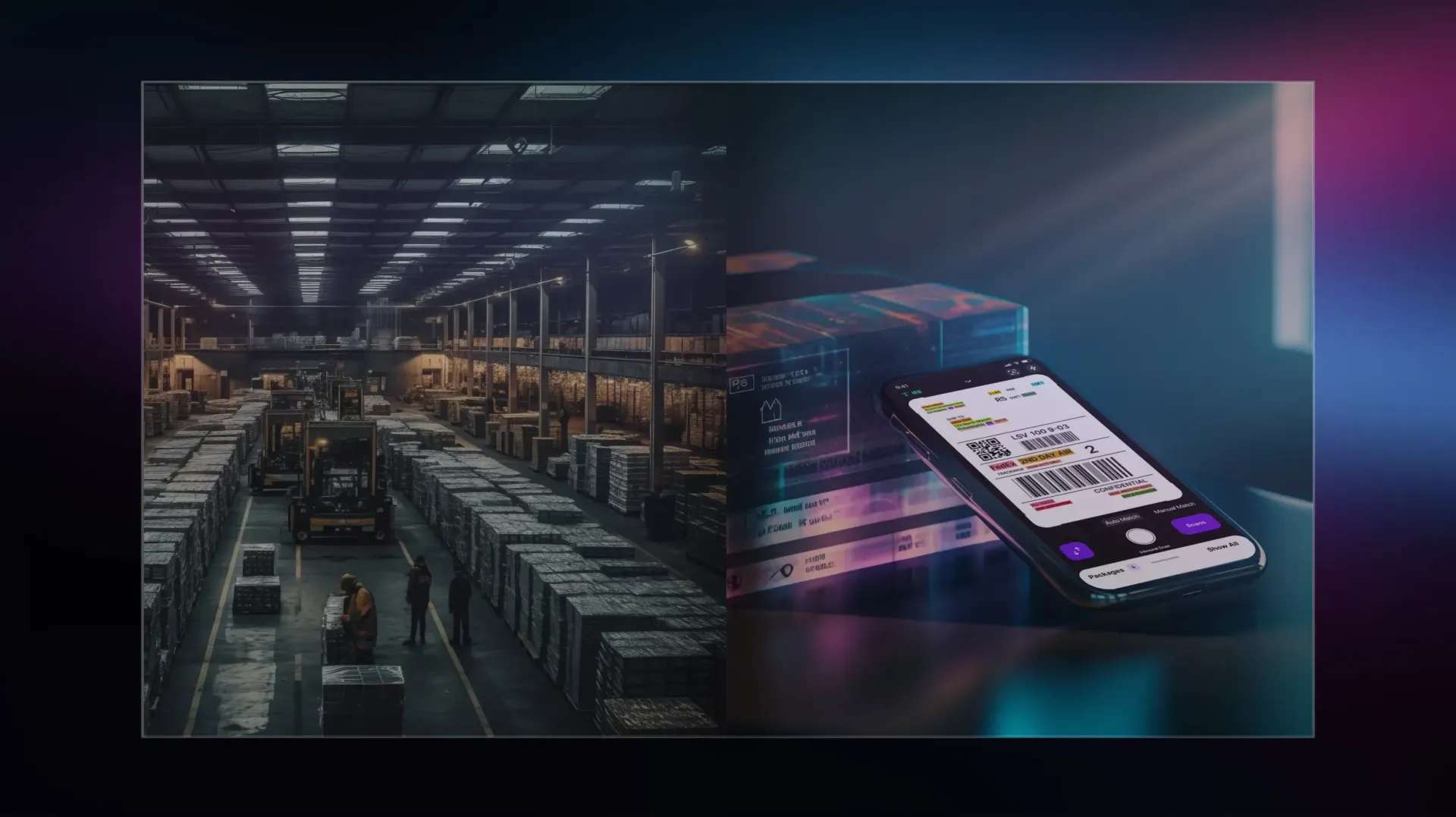Immagina,
un mondo in cui il tuo pacco viene prelevato, imballato e consegnato con velocità e precisione straordinarie, il tutto senza alcun intervento umano.
Scopri,
come le tecnologie all'avanguardia possono aiutarti ad automatizzare i processi logistici.
Migliora,
l'efficacia delle tue operazioni logistiche con le soluzioni dedicate di 3S.
Sblocca tutte le potenzialità dell'automazione logistica: ripensa la supply chain
Nell'attuale panorama digitale frenetico, operazioni logistiche efficienti e semplificate sono essenziali per il successo. Automatizzando vari aspetti dei tuoi processi logistici puoi risparmiare tempo, ridurre i costi e migliorare la soddisfazione del cliente. L'automazione nella logistica sta migliorando le operazioni logistiche con software che gestisce una frazione dei processi gestiti dall'uomo o macchinari che prendono in carico una parte delle attività manuali.
Scopri come 3S può supportare la tua azienda con soluzioni dedicate all'automazione della logistica.
Scopri come possiamo aiutarti ad approfondire gli obiettivi chiave che la tua azienda può raggiungere con l'automazione della logistica, affrontare le sfide che potresti incontrare, selezionare un sistema di automazione della logistica, fornire le migliori pratiche da implementare e offrire informazioni pratiche per ottimizzare le tue operazioni.
Automazione delle merci in entrata
Quando le merci in arrivo vengono contrassegnate con codici a barre, il sistema di automazione ne notifica automaticamente l'arrivo. Ciò aiuta nella scansione e nella corretta identificazione delle merci, il che garantisce ulteriormente la corretta valutazione della qualità e la consegna ai macchinari fissi nell'unità di stoccaggio o distribuzione. Aiuterà il sistema ad assegnare le merci ai trasportatori, alle gru, ai sistemi di smistamento o agli scaffali di stoccaggio appropriati.
Automazione delle merci in uscita
Quando le funzioni logistiche sono automatizzate end-to-end, il tuo sistema di automazione può assegnare in modo efficiente le merci in uscita alle unità di spedizione appropriate e alle scorte in uscita. Ciò non solo ottimizza le attività svolte dalle macchine, ma può anche ridurre gli sforzi e i costi umani.
Automazione nel processo di (ri)confezionamento
L'automazione nella logistica dei processi può contribuire ad accelerare i processi di imballaggio e riconfezionamento, facendo così risparmiare alla tua azienda un sacco di soldi in costi di manodopera.
Automazione del recupero delle merci
Il tuo sistema di automazione può localizzare e recuperare automaticamente beni specifici dal tuo inventario quando viene ricevuto un ordine. Può quindi impostare il prodotto per la spedizione e la consegna.
Riduzione della forza lavoro
L'automazione delle funzioni logistiche può ridurre notevolmente la tua forza lavoro. L'input umano in tutte le tue strutture e nel ciclo di vita del prodotto può essere limitato a poche attività decisionali critiche. Allo stesso tempo, il lavoro pesante è svolto dai sistemi di automazione. Inoltre, è possibile implementare una rete di sistemi di automazione più piccoli per far funzionare senza problemi l'intera catena di fornitura delle funzioni logistiche.
La nostra metodologia
Vuoi sbloccare il pieno potenziale di operazioni logistiche snelle ed efficienti? Ecco come lavoriamo:
01.
Valutazione dei processi attuali:
Inizia valutando i tuoi processi logistici esistenti per identificare le aree che possono essere automatizzate. Valuta l'evasione degli ordini, la gestione dell'inventario, le operazioni di magazzino, la spedizione e altri processi rilevanti. Questa valutazione ti aiuterà a capire dove l'automazione può apportare i vantaggi più significativi.
02.
Definizione degli obiettivi di automazione:
Definisci chiaramente i tuoi obiettivi di automazione in base agli obiettivi che intendi raggiungere. Determina le aree o le attività specifiche che vuoi automatizzare, come l'elaborazione degli ordini, il monitoraggio dell'inventario o le notifiche di spedizione. Imposta obiettivi misurabili che siano in linea con i tuoi obiettivi aziendali generali.
03.
Selezione delle tecnologie di automazione:
Ricerca e seleziona le tecnologie di automazione più adatte alle tue esigenze aziendali. Ciò include la scelta di piattaforme software, sistemi hardware e algoritmi intelligenti che si allineano ai tuoi obiettivi di automazione. Considera fattori come scalabilità, capacità di integrazione, facilità d'uso e compatibilità con i tuoi sistemi esistenti.
04.
Sistemi di integrazione:
Assicura un'integrazione senza soluzione di continuità tra i tuoi sistemi esistenti e le tecnologie di automazione selezionate. Ciò potrebbe comportare l'integrazione della tua piattaforma di e-commerce, del sistema di gestione del magazzino (WMS), del sistema di gestione dell'inventario (IMS) e di altri sistemi pertinenti con software e hardware di automazione. L'integrazione consente il flusso di dati e garantisce un processo di automazione end-to-end fluido.
05.
Implementazione dell'automazione:
Sviluppa un piano di implementazione dettagliato che delinei i passaggi e la tempistica per l'implementazione delle tecnologie di automazione. Ciò include la configurazione del software, l'impostazione dei componenti hardware e il test del sistema per funzionalità e affidabilità. Conduci sessioni di formazione approfondite per familiarizzare il tuo team con i nuovi processi di automazione.
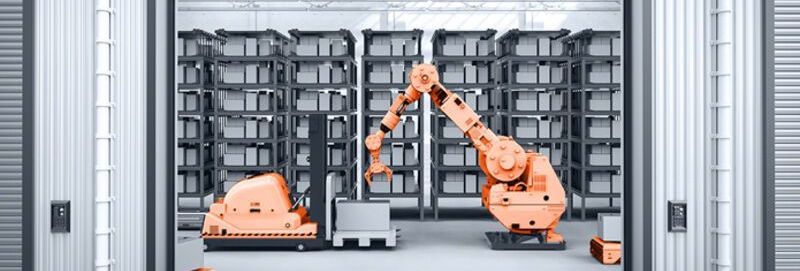
06.
Monitoraggio e ottimizzazione:
Monitora costantemente le prestazioni del tuo sistema di automazione logistica per identificare le aree di miglioramento. Raccogli e analizza i dati sulle metriche chiave dell'e-commerce, come il tempo di elaborazione degli ordini, l'accuratezza dell'inventario e l'efficienza della spedizione. Utilizza questi dati per ottimizzare i tuoi flussi di lavoro di automazione, apportare le modifiche necessarie e guidare i miglioramenti continui.
07.
Formazione e supporto ai dipendenti:
Fornisci formazione e supporto completi ai tuoi dipendenti per garantire che possano lavorare efficacemente con il nuovo sistema di automazione. Formali sull'uso del software di automazione, sul funzionamento dei componenti hardware e sulla comprensione dei nuovi processi. Offri supporto continuo per rispondere a qualsiasi domanda, sfida o preoccupazione durante la transizione.
Ridisegnare il futuro dell'automazione logistica
L'automazione crea un nuovo futuro di sostenibilità e resilienza per il settore della logistica, affrontando problemi come la carenza di manodopera e consentendo alle aziende di logistica di navigare meglio attraverso il panorama incerto. La crescente domanda di soluzioni di automazione logistica personalizzate indica che il numero di adottanti dell'automazione logistica continuerà ad aumentare, eliminando gradualmente i problemi più urgenti nel settore.
Da oltre 10 anni progettiamo soluzioni che promuovono l'automazione della logistica. Siamo orgogliosi di condividere esempi di come abbiamo aiutato i nostri clienti a massimizzare le prestazioni, promuovere l'innovazione e guidare la crescita. Ci auguriamo che le storie di successo dei nostri clienti ispirino anche la trasformazione della tua attività. Ottieni subito un audit gratuito.
"In 3S, abbracciamo l'innovazione e sfruttiamo varie tecnologie all'avanguardia, come la realtà aumentata (AR) e l'intelligenza artificiale (AI) per guidare le operazioni dei clienti. Con l'aiuto delle nostre soluzioni basate su AR, ad esempio, i nostri clienti possono ottenere informazioni in tempo reale sulle condizioni del motore o scansionare e determinare le migliori configurazioni dei tuoi magazzini, aiutandoli a gestire lo spazio di stoccaggio e le risorse. Grazie alle soluzioni basate su AI riducono il tempo sprecato in attività ripetibili, risparmiandolo per le principali esigenze aziendali".
10
Anni di esperienza
90
Progetti di successo
15
Professionisti qualificati
Ottieni subito un audit gratuito e scopri come, grazie alla nostra profonda competenza in logistica e automazione dell'e-commerce, possiamo aiutarti a ottimizzare i tuoi processi logistici, migliorare l'efficienza e stimolare la crescita aziendale.
LA NOSTRA MISSIONE
Per sbloccare nuove opportunità per individui e organizzazioni per affrontare le sfide odierne e dare forma al futuro dell'automazione logistica. Siamo costantemente alla ricerca di nuovi modi per innovare e spingerci oltre i confini convenzionali
LA NOSTRA VISIONE
Essere il partner tecnologico leader per i marchi leader e i migliori talenti a livello globale, generando un valore eccezionale alla velocità del digitale
COME LAVORIAMO
Combiniamo il nostro talento con tecnologie all'avanguardia per creare soluzioni che soddisfano gli standard di produttività emergenti e superano le aspettative del mercato.
Rimani competitivo in uno scenario digitale in rapida evoluzione.
Crediamo che la collaborazione sia un fattore chiave per il successo nella logistica. Stabilendo solide partnership con fornitori, trasportatori e altri stakeholder, semplifichiamo le operazioni, condividiamo risorse e attingiamo a competenze aggiuntive. Insieme ai nostri partner, consentiamo alle aziende di semplificare le operazioni, ridurre i costi, migliorare l'efficienza e migliorare l'esperienza del cliente. Sfruttando le soluzioni 3S, le aziende possono rimanere competitive in un panorama digitale in rapida evoluzione.
Con l'aumento della domanda dei clienti, le aziende devono offrire un'evasione degli ordini più rapida e accurata. Tuttavia, un sistema di inbounding e putaway debole e disorganizzato può ritardare l'adempimento delle promesse. Una gestione efficiente del magazzino è fondamentale per una supply chain stabile per la tua attività di e-commerce. Le imprecisioni durante l'inbounding o il putaway possono far perdere tempo alle aziende, danneggiare i profitti e causare la perdita di clienti.
Progettare, implementare e gestire l'automazione logistica può essere complesso. Grazie alla nostra competenza in logistica e automazione dell'e-commerce, 3S può aiutarti a navigare nel processo, fornire soluzioni su misura e garantire un'implementazione di successo.
Se sei attualmente alla ricerca di un partner tecnologico per il tuo progetto di automazione logistica, ottieni un audit gratuito oggi stesso. Dopo aver completato e lanciato con successo numerosi sistemi di automazione logistica unici, i nostri consulenti e sviluppatori ti aiuteranno a creare una soluzione unica e competitiva su misura per le tue esigenze specifiche.
Iscriviti per un "audit gratuito" e ti contatteremo entro 24 ore per discutere quali servizi sarebbero più adatti alle esigenze della tua azienda. Oppure parla con noi ora e dicci di cosa hai bisogno.
"In 3S sviluppiamo una cultura che incoraggia la creatività e dà potere ai nostri talenti per liberare il loro pieno potenziale. Investendo nelle nostre persone, siamo in grado di guidare l'innovazione che supera le aspettative dei nostri clienti e li aiuta a scoprire modi non convenzionali per raggiungere i loro obiettivi più ambiziosi".
Blog 3S








